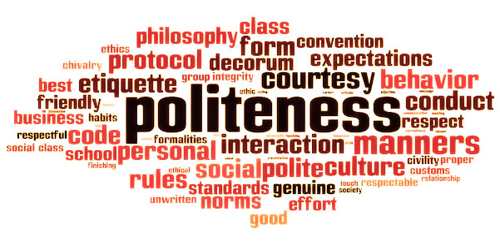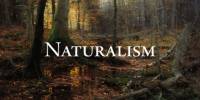According to a new study published in the British Medical Journal, there may be a link between Logic’s Hip-Hop song and music video and an increase in daily call volume to the U.S. National Suicide Prevention Lifeline, as well as a drop in the incidence of suicides in the United States.
Hip-hop music or rap music is more than a genre: it’s a cultural movement that encompasses music, poetry, dancing, art, fashion, and political thought. Many people confuse rap and hip-hop, although hip-hop is a cultural movement (which includes music), whereas rap is a specific musical method used frequently in hip-hop music.
The song and music video (which has received 431 million views) by Logic depict a young African American child who is ridiculed at school and scorned by his father because of his homosexuality.
The music video illustrates the boy’s pain as he grows up, to the point that he holds a gun to his head and considers suicide, but it also depicts the boy’s desire to live and be happy. When the boy is about to commit suicide (lyrics of chorus saying: “I just want to live, I just want to live”), he dials 1-800-273-8255, the National Suicide Prevention Lifeline, which offers him hope for a better future.
Indeed, a few years later, the film shows the boy being ecstatically happy, marrying the guy of his dreams, and the newlyweds being accepted and greeted with open arms by the boy’s parents.
As sampling technology and drum machines became more widely available and affordable, hip hop began to evolve. With the breaks, turntablist techniques like scratching and beatmatching evolved, and Jamaican toasting, a chanting vocal style, was used over the beats.
Rapping began as a vocal style in which the performer talks or chants in time to an instrumental or synthesized beat. The interplay between the rapper and the beat is a major aspect of much hip-hop.
Electronic instruments or samples of older recordings are commonly used to create beats. During their performances, hip-hop performers rarely use actual instruments. Finding new methods to combine multiple beats and melodies to achieve the desired sound requires imagination.
Dr. Thomas Niederkrotenthaler and his colleagues found that when combining the 34-day period after the song’s release on April 28, 2017, with the 34-day period after Logic’s performance at the MTV Video Music Awards in 2017 and the 34-day period after Logic’s performance at the Grammy Awards in 2018, the US National Suicide Prevention Lifeline received 9,915 calls (6.9 percent) over the expected number of calls and 245 (5.5 percent) suicides below the expected number of suicides.
The song and music video demonstrate that, even if a person is in the depths of depression (lyrics: “The lane I travel feels alone, but I’m moving ’til my legs give out, and I see my tears melt in the snow”), there is light at the end of the tunnel and that, after pushing through all of life’s challenges, intense happiness is achievable with a cry for help.
Increased Calls to Lifeline and Decreased Suicides
Dr. Thomas Niederkrotenthaler of the University of Vienna in Austria, the study’s lead author, studied the number of daily calls to the US National Suicide Prevention Lifeline and the number of suicides (obtained from the Centers for Disease Control and Prevention) in the United States over an eight-year period between 2010 and 2018.
Niederkrotenthaler and his colleagues found that when combining the 34-day period after the song’s release on April 28, 2017, with the 34-day period after Logic’s performance at the MTV Video Music Awards in 2017 and the 34-day period after Logic’s performance at the Grammy Awards in 2018, the US National Suicide Prevention Lifeline received 9,915 calls (6.9 percent) over the expected number of calls and 245 (5.5 percent) suicides below the expected number of suicides.
The most Lifeline calls were after Logic’s performance of the song at the MTV Video Music Awards in 2017.
Papageno Effect versus Werther Effect
The findings are consistent with a probable Papageno effect, which is the beneficial influence that mass media (e.g., news reporting, social media, movies, theater, TV shows, books, and blogs) might have on depressed persons who are contemplating suicide.
The Papageno effect is called after the main character, Papageno, in Mozart’s opera The Magic Flute, who loses his loves and considers suicide until three of his companions show him other options.
The Papageno effect gives people hope in a time when celebrity suicides that are extensively reported in the media have been shown to encourage public suicides, a phenomenon known as the Werther effect.
The Werther effect can be seen in the 12-percent spike in suicides following the death of Marilyn Monroe and the 10-percent increase in suicides following the death of Robin Williams.
The authors of the study underline the need for more impactful stories to show people how to cope with adversity and disaster, as well as how to seek help to avoid suicide, in order to maintain the Papageno effect.















